Trance music is an electrifying genre within the electronic dance music spectrum, known for its ability to evoke profound emotions and energize fans.
It’s a genre that blends pulsating rhythms with ethereal melodies 一 creating a unique sound that can transport listeners to a state of euphoria.
That’s why, as a music producer, knowing the most common trance chord progressions is crucial.
Mastering these progressions is key to crafting tracks that not only resonate with audiences but also stand out in the dynamic world of trance music.
In today’s article, we’ll break down:
- The essence of trance music ✓
- The fundamentals of trance chord progressions ✓
- The impact of major and minor tones ✓
- Techniques for crafting effective progressions ✓
- 9 popular trance chord progressions ✓
- Integration of melody, harmony, and chords ✓
- Utilizing advanced chord concepts ✓
- Tools and tips for trance productions ✓
- The role of tempo and rhythm in trance ✓
- Different aspects of multiple electronic music genres ✓
- Much more ✓
By the end of this article, you’ll have a deeper understanding of the true essence of trance music.
You’ll be equipped with the knowledge to create trance chord progressions like a professional, adding depth and emotion to your tracks.
Plus, you’ll discover how to use advanced techniques and digital tools to enhance your music production skills.
This will ensure that your trance tracks are not only compelling but also innovative and impactful.
So, let’s dive in…
Table of Contents
- The Essence of Trance Music
- Understanding Trance Chord Progressions
- Major vs. Minor: Setting the Tone in Trance
- 9 Common Chord Progressions For Trance Music
- Techniques for Creating Trance Chord Progressions
- The Role of Melody in Trance Progressions
- Advanced Concepts: Suspended and Seventh Chords
- The Impact of Tempo and Rhythm
- Trance Chord Progressions: Final Thoughts
The Essence of Trance Music

Trance music, a cornerstone of electronic dance music, captivates listeners worldwide with its rhythmic complexity and emotional depth.
Trance is a genre that stands out in the electronic music landscape for its ability to merge pulsating beats with ethereal melodies.
The power of trance music lies in its ability to evoke emotions 一 often taking listeners on a journey through different states of consciousness.
This unique characteristic of trance music is largely due to its rich and varied chord progressions, which are more than just a series of chords; they are the story of the track.
Each trance track incorporates enticing:
- Melodies
- Harmonies
- Rhythms
Of which, chord progressions play a crucial role.
They are the foundation upon which the rest of the musical elements are built, dictating the mood and direction of the track.
Understanding Trance Chord Progressions
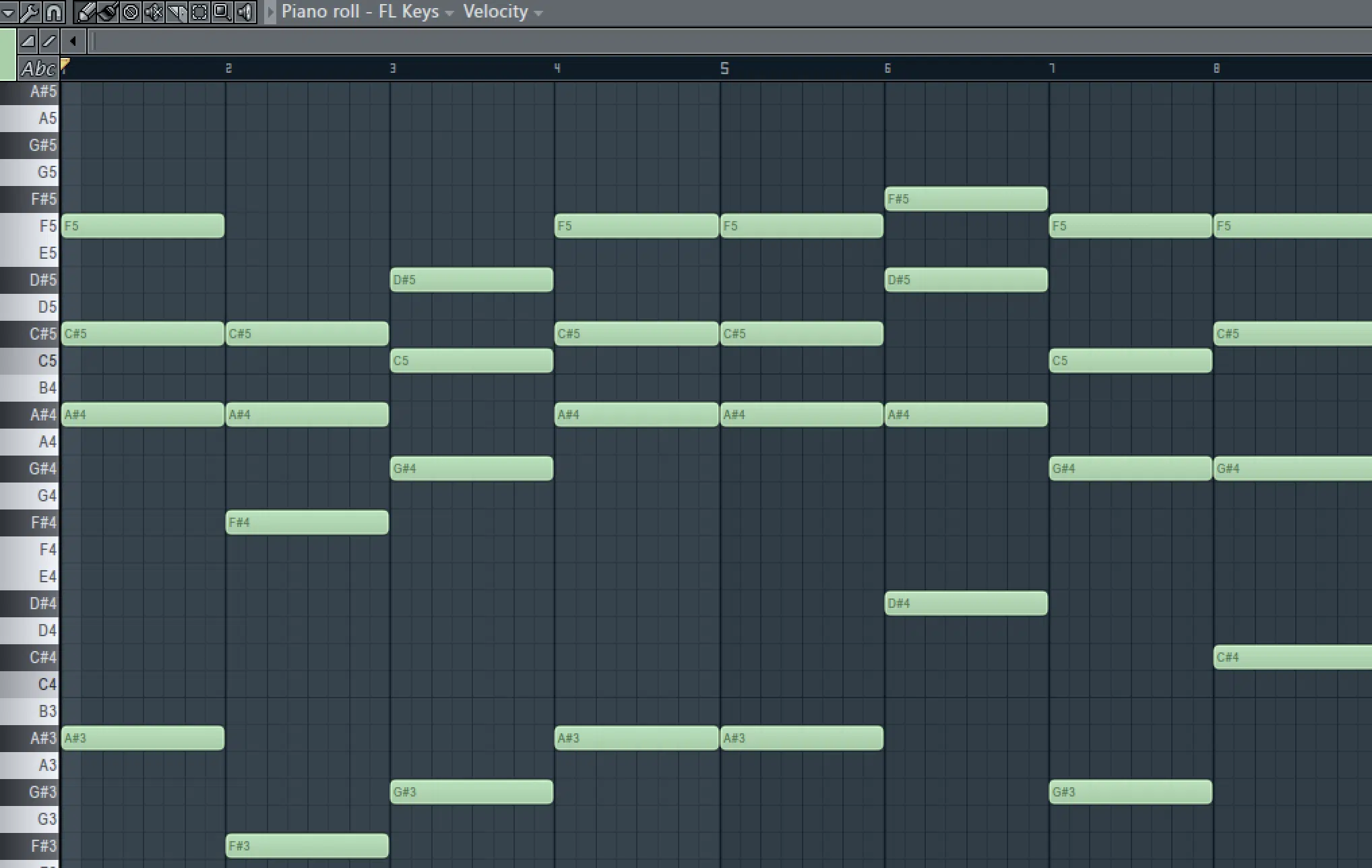
Trance chord progressions, the backbone of trance music, are what makes each track distinctive.
As a digital music producer, understanding these chord progressions is key to crafting compelling trance tracks.
Just like it’s crucial to understand your music production equipment.
They are not just a succession of chords but a carefully constructed sequence that guides the listener’s emotional response.
These common progressions can vary from simple repetitive patterns to complex, evolving sequences.
The choice of progression greatly influences the track’s feel, like:
- An uplifting, high-energy anthem.
- A deep, introspective piece.
The effectiveness of a trance chord progression lies in its ability to build tension and release 一 creating a dynamic ebb and flow that is both captivating and immersive.
This dynamic is what makes trance music a favorite in popular dance clubs and music festivals around the world.
Major vs. Minor: Setting the Tone in Trance
Now, let’s delve deeper into how the use of major and minor chords, keys, and scales shapes the emotional landscape of trance music. This is key to producing enticing trance chord progressions.
-
Minor Chords, Minor Keys, and Minor Scales
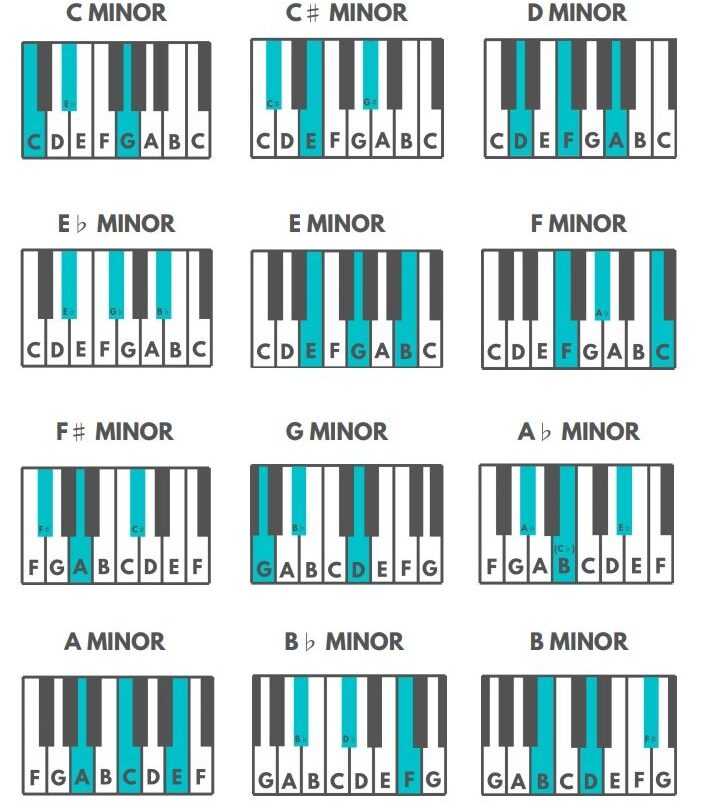
Minor chords, keys, and scales are essential in creating the emotional depth that is synonymous with trance music.
These music elements contribute to the genre’s signature melancholic and introspective sound.
For example, the use of a minor key can instantly set a somber, reflective tone in a track.
The beauty of minor scales in trance music lies in their versatility, as you’ll discover by clicking here.
They can be used in your track to create a sense of:
- Longing
- Sadness
- Tension
It emotionally resonates with anyone who is listening, whether they’re into dance music, techno, and other genres, or not; it’s so powerful.
For instance, the natural minor scale, also known as the Aeolian mode, is a popular choice for creating haunting melodies and rich harmonies.
Minor chords also play a significant role in trance chord progressions.
They are often used in combination with major chords to create sounds that add depth and complexity to the music.
This interplay between minor and major elements is a hallmark of trance music 一 making it emotionally resonant and musically rich.
-
Major Chords, Major Keys, and Major Scales
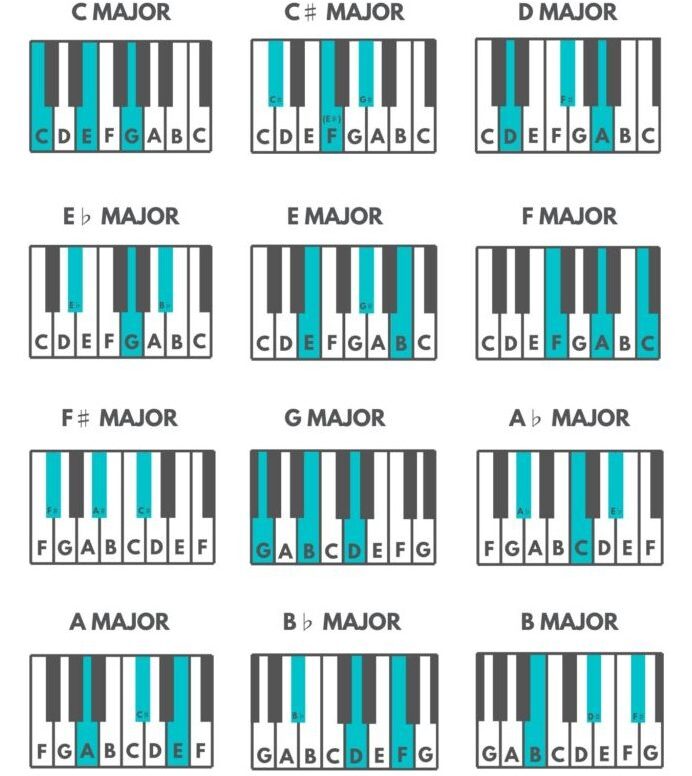
In contrast, major chords, keys, and scales bring a sense of brightness and energy to trance music.
They are often used to create uplifting and euphoric moments in a track.
A major key progression can elevate the mood, bringing a sense of hope and joy to the listener.
The major scale, with its inherently positive and uplifting tone, is a powerful tool in the hands of a skilled music producer.
It can be used to craft chord progressions that rise and fall, taking the listener on an emotional journey.
Major chords in trance music are not just about creating a happy or upbeat mood 一 they are about balance and contrast.
They work in tandem with minor chords to create a dynamic and varied sonic palette that keeps the listener engaged and emotionally invested in the track.
-
The Building Blocks of Trance Chord Progressions: Notes and Scales
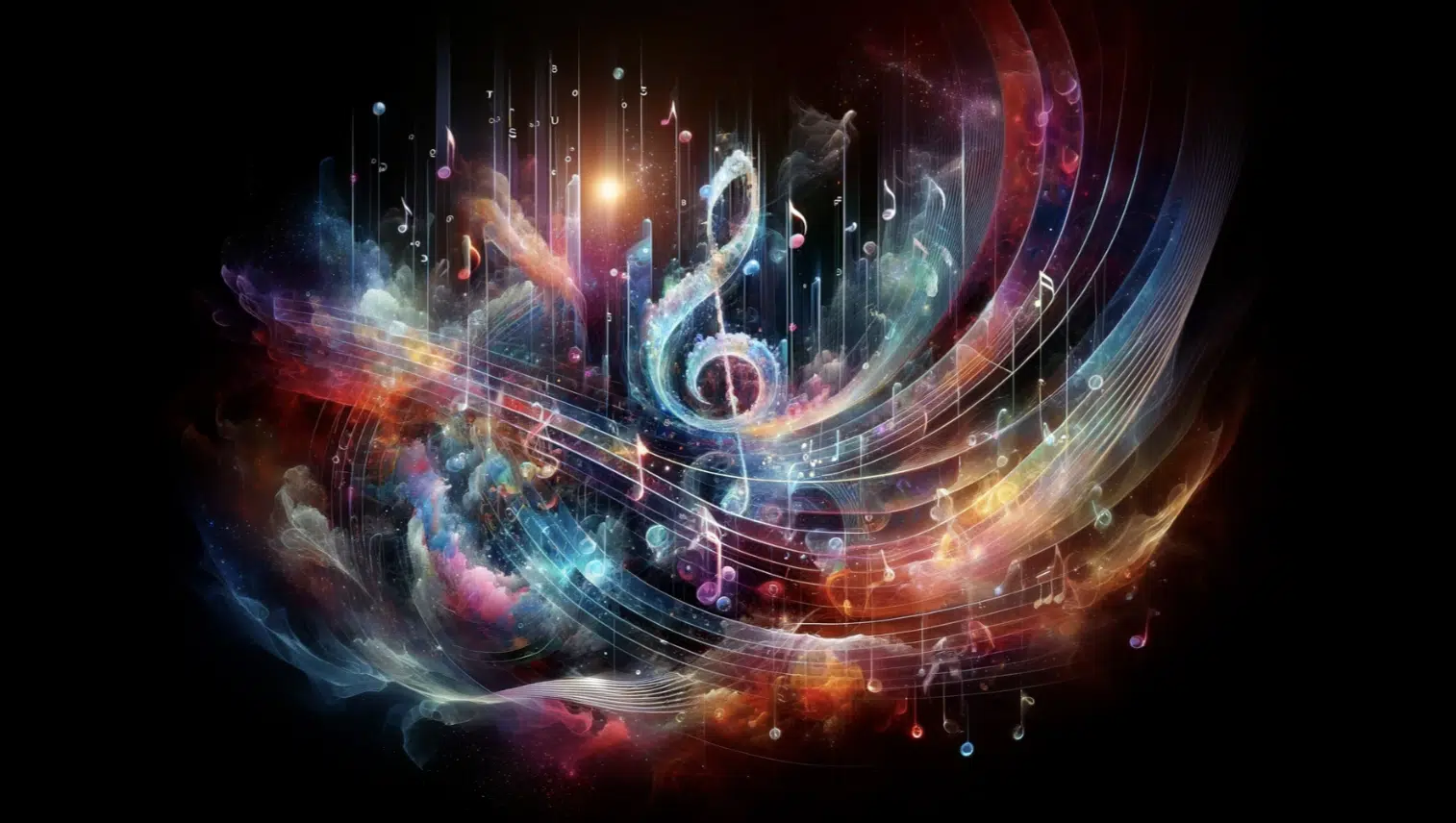
The foundation of any chord progression in trance music lies in the careful selection of notes and scales (which you can reference in your piano roll).
These elements are the building blocks of music, determining the tonal quality and mood of a track.
As a music producer, understanding the relationship between different notes and how the notes combine on your keyboard to form scales is crucial.
Scales, whether major or minor, provide a framework for creating a captivating melody or harmony.
They guide the electronic music producer in choosing which notes will work together harmoniously and which will create tension.
This understanding of scales is fundamental in crafting the distinctive sound of trance music (and house music).
9 Common Chord Progressions For Trance Music
Let’s now explore some common trance chord progressions used in trance music. This will give you a better grasp of how to create your trance chord progressions. Remember, when we mention the specific chord progression in terms of Roman numerals, the upper case Roman numerals represent major chords, and the lower case Roman numerals represent minor chords.
#1. I-IV-V-I
The I-IV-V-I chord progression is a classic in the music world and finds its unique expression in trance.
It’s a simple yet effective progression that creates a sense of resolution and completion, often used in uplifting trance tracks.
For example, this progression is masterfully employed in the song “Blah Blah Blah” by Armin Van Buuren where it underpins the track’s energetic and compelling nature.
In this chord progression, the movement from the tonic (I) to the subdominant (IV) and then to the dominant (V) before returning to the tonic (I) creates a satisfying musical journey.
It’s a fundamental pattern that resonates deeply in trance music, contributing to its ability to both invigorate and soothe listeners.
#2. ii-V-I
The ii-V-I chord progression is another staple in trance music, known for its smooth, flowing sound.
It’s a progression that brings a sense of momentum and forward movement, often used in more melodic trance tracks.
Many trance tracks utilize this chord progression, but a notable example is Tiësto’s “Adagio for Strings,” where this chord progression adds to the track’s emotional depth and narrative.
This chord progression:
- Starts with the supertonic (ii) chord 一 adding a gentle tension.
- Then, moves to the dominant (V) 一 heightening anticipation.
- Resolves on the tonic (I) 一 bringing a sense of closure.
This progression exemplifies the dynamic nature of trance chord progressions, seamlessly transitioning from tension to resolution.
#3. I-V-vi-IV
The I-V-vi-IV chord progression is a versatile and popular choice in trance music and EDM in general, renowned for its emotionally evocative quality.
This progression can be heard in the song “Sun & Moon” by Above & Beyond, where it contributes to the track’s poignant and uplifting atmosphere.
This chord progression’s strength lies in its ability to balance familiarity with innovation.
The movement from the tonic (I) to the dominant (V), then to the relative minor (vi), and finally to the subdominant (IV) offers a journey through a range of emotions.
Therefore, making it a favorite among trance music producers.
#4. vi-IV-I-V
The vi-IV-I-V chord progression is another hallmark in trance music, often used to create a sense of longing and emotional depth.
A great example of this chord progression in action is Dash Berlin’s track “Till The Sky Falls Down.”
This chord progression will not only sound good, but it underlies the track’s deeply resonant and emotive quality.
Starting with the relative minor (vi) sets a somber tone, which is then lifted by the subdominant (IV) and tonic (I) before the dominant (V) adds a final twist of tension.
This progression is a testament to the emotional versatility of trance chord progressions, able to evoke a wide spectrum of feelings in the listener.
#5. I-vi-IV-V
The I-vi-IV-V progression is a classic in trance music, offering a blend of optimism and introspection.
It’s exemplified in the song Ferry Corsten’s song “Anahera,” which forms the backbone of the track’s uplifting yet reflective mood.
This chord progression starts with the tonic (I), establishing a strong base, before moving to the relative minor (vi) to add depth.
The subdominant (IV) then provides a sense of anticipation 一 meshing with the dominant (V) for a powerful resolution.
This mix of chords creates a progression that is both emotionally rich and rhythmically engaging.
#6. vi-ii-V-I
The vi-ii-V-I chord progression is a sophisticated choice in trance music, known for its smooth and melodious flow.
This chord progression is beautifully demonstrated in the song “Strobe” by Deadmau5. where it enhances the track’s dreamy and ethereal quality.
Starting with the relative minor (vi) chord introduces a reflective mood, followed by the supertonic (ii) that adds complexity.
The dominant (V) then heightens the tension, and the resolution on the tonic (I) brings a satisfying sense of completion.
This progression showcases the intricate and emotive potential of trance chord progressions.
#7. IV-I-V-vi
The IV-I-V-vi chord progression offers a fresh and invigorating take in trance music, often used to create an uplifting and joyous atmosphere.
This progression is a key element in the song “Clarity” by Zedd featuring Foxes, where it underpins the tracks inspiring and euphoric feel.
The use of the subdominant (IV) as the starting point sets an expansive tone, leading into the tonic (I) for stability, followed by the dominant (V) to escalate excitement.
Finally, culminating in the relative minor (vi) for a touch of emotional depth.
This chord progression exemplifies the balance of energy and emotion that is essential in trance music.
#8. I-IV-vi-V
The I-IV-vi-V chord progression is a testament to the versatility of chord progressions in trance music.
This sequence can be found in Markus Schulz’s “Destiny,” where it shapes the track’s narrative, weaving together moments of clarity and introspection.
The I-IV-vi-V chord progression:
- Starts with the tonic (I) 一 Offering a solid foundation.
- Moves to the subdominant (IV) 一 For a broadening of the musical landscape.
- Then, transitions to the relative minor (vi) 一 adding a layer of introspection.
- Finally, concluding with the dominant (V) 一 For a resounding resolution.
This particular progression is a favorite among trance music producers for its ability to create a compelling ebb and flow of emotions.
It’s a chord progression that speaks to the heart of trance music; the creation of a musical journey that is both uplifting and deeply reflective.
#9. vi-V-IV-III
The vi-V-IV-III progression brings a unique twist to trance music, offering a blend of melancholy and resolution that can be deeply moving.
This is evident in Andrew Rayel’s “My Reflection” (which was originally posted with a different progression), where the progression adds a profound emotional depth to the track.
Starting with the relative minor (vi) sets an introspective tone, followed by the dominant (V) which introduces a sense of urgency.
Then, it moves to the subdominant (IV) for a moment of calm, and finally, the mediant (III) offers an unexpected but satisfying resolution.
When you listen to this progression it will instantly cause you to intensely feel emotions.
Techniques for Creating Trance Chord Progressions
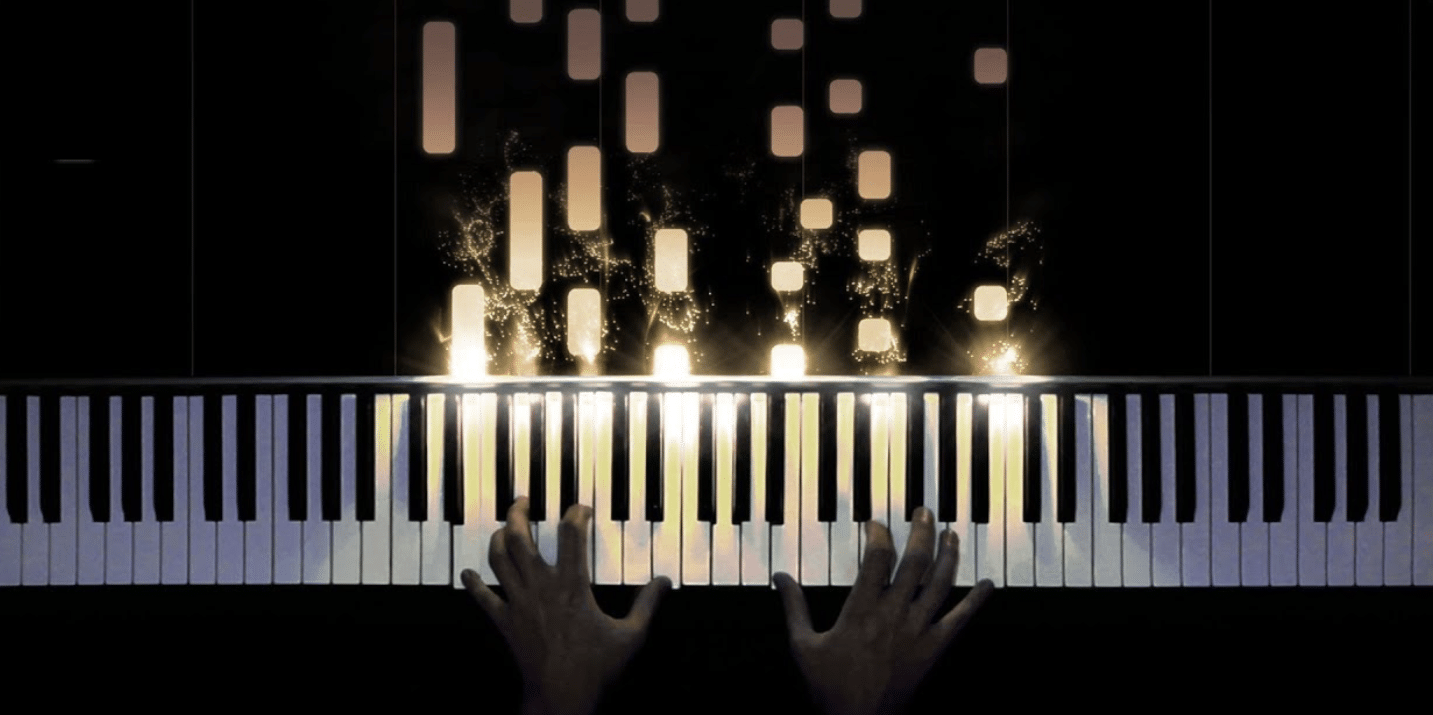
Crafting effective trance progressions requires a blend of technical skill and creative intuition.
As a music producer or artist, it’s crucial to understand the fundamentals of chord construction and progression sequencing.
Certain techniques can add depth and originality to your tracks, like:
- Varying chord inversions
- Incorporating suspended and seventh chords
- Experimenting with modal interchange
Additionally, understanding the interplay between bass lines/bass notes and chord progressions is essential in trance music.
A well-crafted bass line sounds intriguing and can enhance the impact of a chord progression 一 adding an extra layer of emotion and energy to the track.
Effective use of rhythm and tempo also plays a significant role in how a chord progression is perceived.
The Role of Melody in Trance Progressions
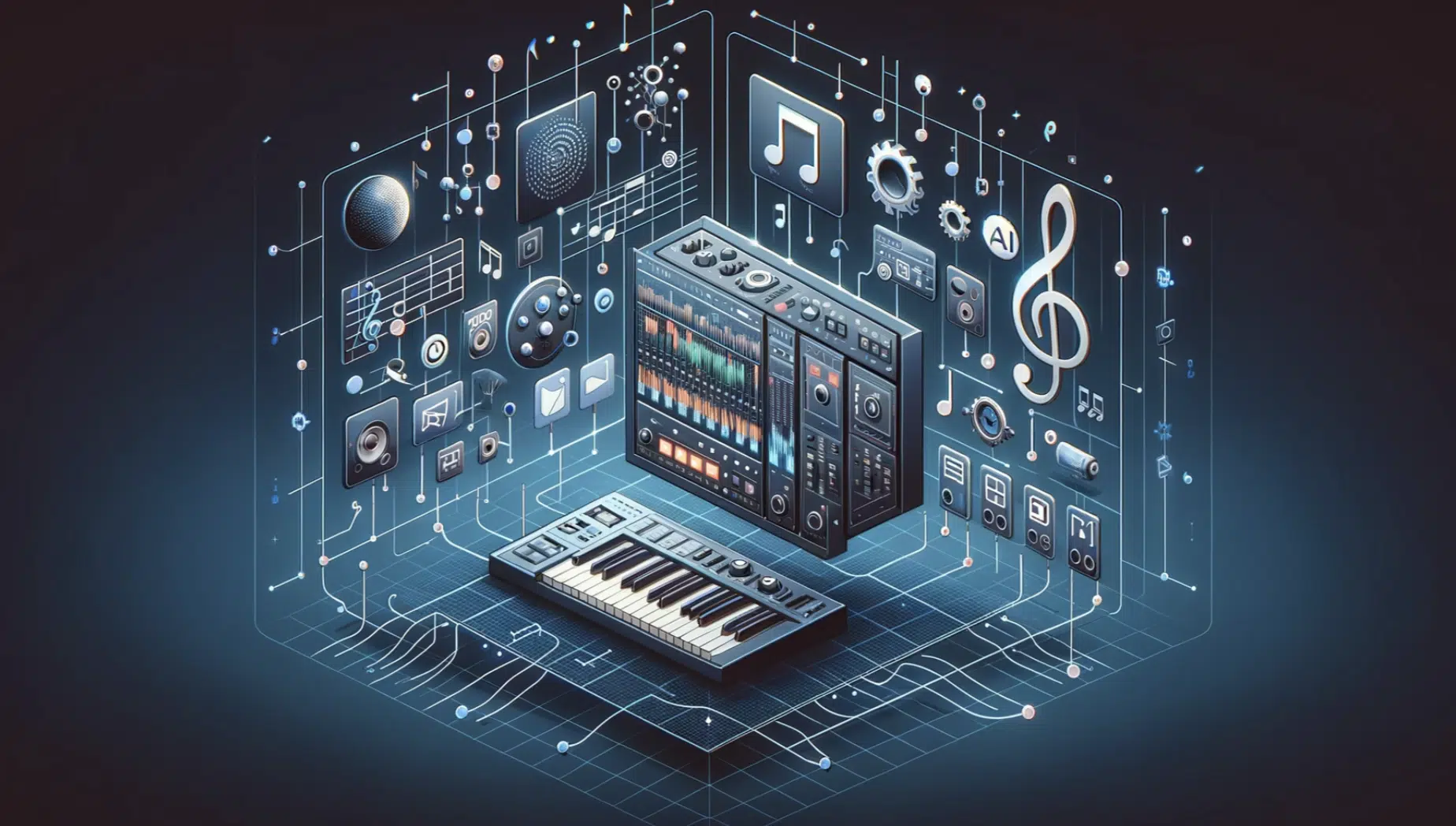
In trance music, melody, and chord progression are inextricably linked.
You’ll need to be very familiar with melodies to write and master trance chord progressions (without the help of loops and other tools).
A strong melody can elevate a chord progression, while a compelling chord progression can inspire a memorable melody.
The key is to create a balance where the melody and chords complement each other.
You’ll hear that each adds to the overall emotional and sonic impact of the track.
The art of melody writing in trance involves crafting lines that are both catchy and emotionally resonant.
Utilizing certain music theory components can lead to the creation of melodies that stick in the listener’s mind, like various:
- Scales
- Modes
- Rhythmic patterns
It also perfectly aligns with the chord progressions to create a cohesive and impactful piece.
When it comes to trance music, melodies are imperative, so make sure to experiment and get familiar with the different methods.
Advanced Concepts: Suspended and Seventh Chords
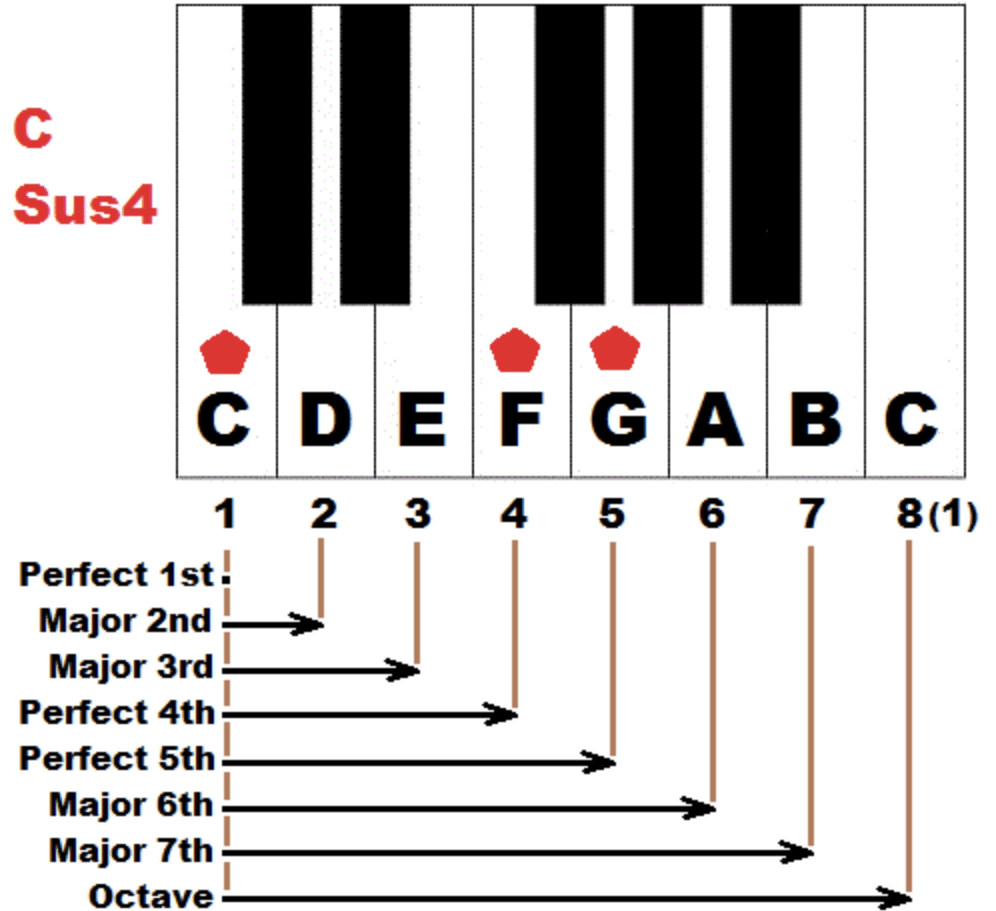
Suspended and seventh chords are advanced tools in a trance music producer’s arsenal.
Suspended chords, by delaying the resolution, can add a sense of anticipation or suspense to a progression.
Seventh chords, on the other hand, bring a level of sophistication and depth, often used to add a bit of complexity or emotional nuance.
Implementing these chords requires a delicate balance.
They should enhance the progression without overwhelming the fundamental harmonic structure.
When used effectively, suspended and seventh chords can transform a simple progression into something truly captivating 一 adding layers of emotion to the track.
So, experiment with a seventh note or leading tone when in doubt.
The Impact of Tempo and Rhythm
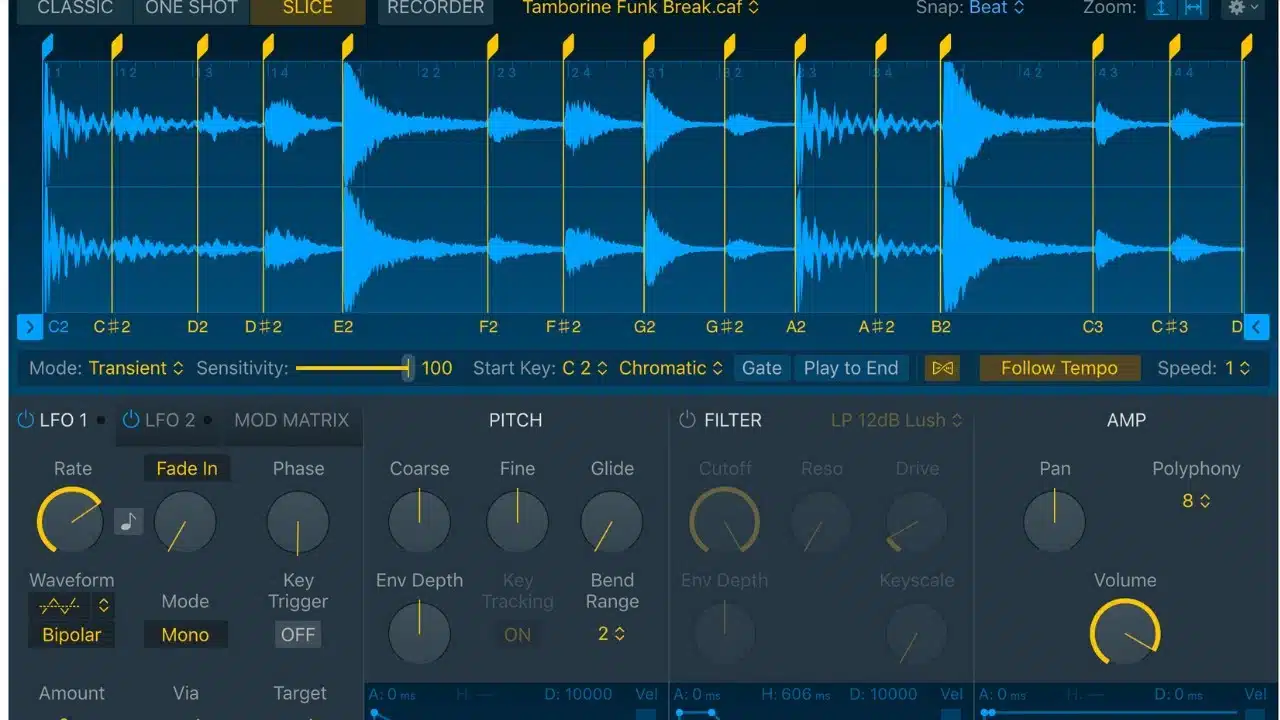
The tempo and rhythm of a trance track play a critical role in how chord progressions are perceived and experienced.
- A faster tempo 一 Can infuse a progression with energy and drive, ideal for peak-time trance anthems.
- A slower tempo 一 Can allow for more space and emotional depth, suitable for progressive or vocal trance pieces.
Rhythm patterns, particularly in the bass and drums, can accentuate certain notes within a chord progression.
It adds dynamic interest and propels the track forward.
Experimenting with different rhythmic structures and syncopation can lead to innovative and compelling trance tracks that stand out in the house and blues genre.
And other genres in the electronic music scene, of course.
Trance Chord Progressions: Final Thoughts
It’s clear that the art of creating trance music is both intricate and profoundly rewarding.
Understanding and applying these chord progressions can elevate your music production, allowing you to capture the true spirit of trance music.
But your journey into the depths of trance doesn’t have to end here.
For those looking to dive even deeper, the legendary Trance & Psytrance MIDI Chord Collection pack is an invaluable resource.
This comprehensive pack includes 25 major and minor genre-specific progressions for each of the 12 keys, ensuring that you have a vast array of options at your fingertips.
Whether you’re looking to create a euphoric anthem or an introspective track, these trance chord progressions provide the perfect starting point.
But that’s not all…
The collection also features over 35 major and minor genre-specific individual chords for each of the 12 keys.
This expansive selection allows you to experiment and find the perfect chords to express your unique musical vision 一 adding depth and complexity to your productions.
Plus, it comes with an invaluable bonus: a Theory/Melody Writing Walkthrough PDF.
This guide is designed to help you further understand trance chord progressions and how they can be effectively used in your music.
Equipped with the tips and tricks throughout this article and this pack, you’ll be able to create mesmerizing, show-stopping trance chord progressions like a true professional.
Until next time…







Leave a Reply
You must belogged in to post a comment.